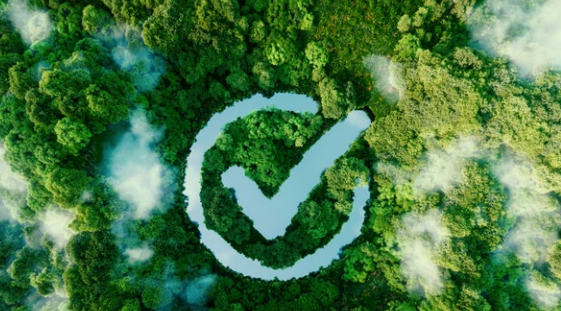Kenya needs a green taxonomy to enhance environmental sustainability

A green taxonomy is an official classification or catalogue that defines a minimum set of assets, projects and sectors that are eligible to be defined as “green” or environmentally friendly. Green taxonomy supports emerging national policy and voluntary private sector initiatives by augmenting sustainable finance by reducing costs and uncertainty in classifying a core set of green activities.
Green taxonomy as a guide seeks to clarify which investments are environmentally sustainable, in the context of which a country defines a green economy. The aim of the taxonomy is to prevent greenwashing and to help investors make greener choices as well as allocate capital to support a low-carbon climate-resilient economy. It can be used by investors and other financial sector participants to track, monitor, and demonstrate the credentials of their green activities in a more confident and efficient way.
Kenya already has developed a Green Economy Strategy and Implementation Plan (GESIP) 2016-2030 that seeks to propel the country on a new economic trajectory characterised by low emissions, resource efficiency and higher economic growth, in line with international best practice and national priorities. Currently, the National Treasury is in the process of developing the National Green Fiscal Policy Framework that seeks to enhance private financing of climate actions, spur green innovation and technology development, improve green fiscal consolidation, and help identify smarter ways for government taxation and spending. By setting appropriate economic instruments, to establish economic incentives and price signals, green fiscal policies can help shift consumption patterns and drive private investments in voluntary compliance in projects that adopt cleaner production mechanisms, reduce GHG emissions and build the resilience of communities against the negative effects of climate change and pollution.
Kenya’s transition to a green economy could produce major economic benefits – equivalent to an estimated USD 45 billion by 2030 – as well as greater food security, a cleaner environment and higher productivity of natural resources, according to a study by UNEP dubbed Green Economy Assessment Report of Kenya, 2014.
All this is good, but the benefits will not mature if we put the horse before the stable. For starters, it is imperative for the development and deployment of a green taxonomy so that the Central Bank of Kenya can use them to support green refinancing and lending programmes. Also, now that a Kenyan financial institution has been accredited by Green Climate Fund, green taxonomy will go a long way to ensure that the funds go to investments that are certified as green business.
Of importance is that a green finance taxonomy can be referred to when designing national sustainable development strategies and developing green fiscal policy. Currently, Kenya is developing a green fiscal policy without a green taxonomy, and this will result in implementation bottlenecks. By providing alignment and coherence with financial institutions to align their activity reports as well as communicate with investors about their green engagement, green taxonomy augments the value of finance in a green economy
The lack of clarity about which activities and assets can be defined as green has long posed a barrier to scaling up green or even climate finance. Kenya is struggling to identify green projects to finance under the Green Climate Fund. Also, a green taxonomy will go a long way to provide a vital sounding board for Capital Markets Authorities to develop and accelerate green bond markets that have struggled to take in Kenya. Further, in line with tracking climate finance, green taxonomy will go a long way to facilitate effective tracking of climate finance as well as unlock finance to climate adaptation unlike now where the bulk of the finance is ring fenced around mitigation activities which is not a priority for the country.
The green taxonomy would go a long way to enhance climate information and shape not only the public but also finance, including local and global organisations, consequently increasing investments in green bonds.
The taxonomy will also accelerate sustainability among companies as well as highlight the sectors that are preferable to invest in, such as those that align with minimum pollution and will help Kenya achieve its National Determined Contributions as set out by the Paris Agreement. The taxonomy will accelerate the development of new business ventures including independent Kenya-based licensed verifiers.
The taxonomy would also come in handy for banks as they are aligning with the CBK guideline on climate financial risks as well as origination and structure of green banking products (e.g., loans, credits, and guarantees).
Notes
Under a green economy scenario, with an investment of two percent of GDP, national GDP would exceed a business-as-usual scenario by about 12 per cent, or Ksh 3.6 trillion (equivalent to USD 45 billion), by 2030. Per capita national income would nearly double from Ksh 39,897 (USD 498.70) to Ksh 69,702 (USD 871.30). Under a business-as-usual investment scenario and a two per cent investment, GDP would only increase to Ksh 53,146 (USD 664.30) over the same period

